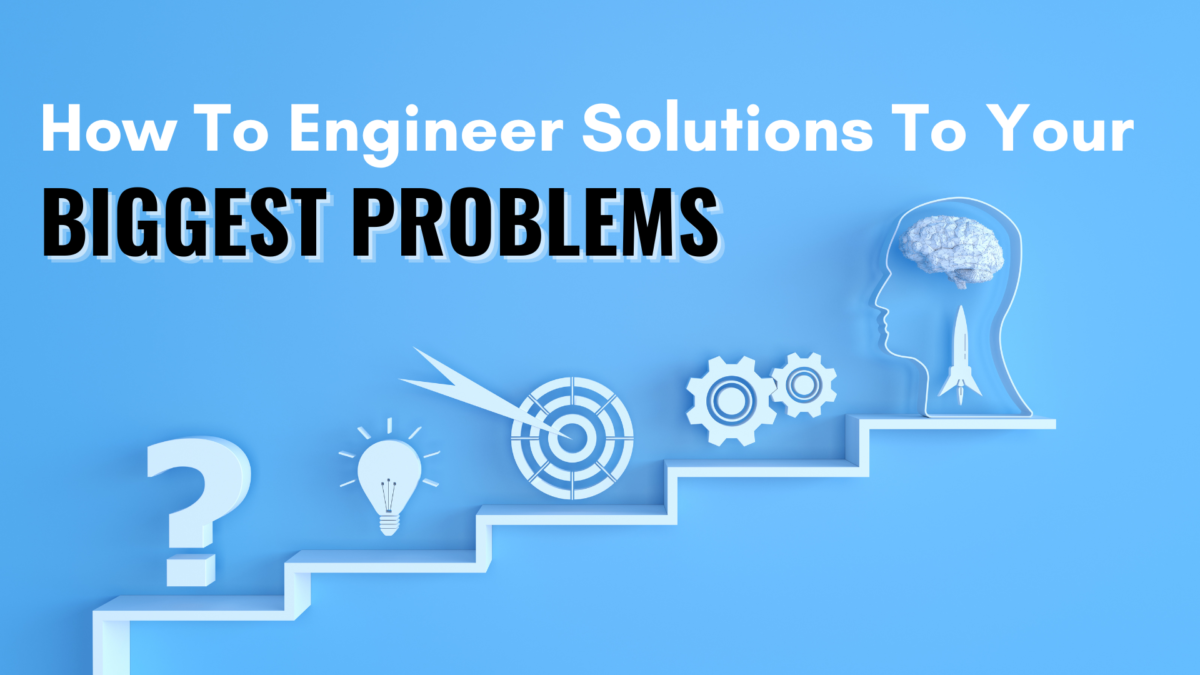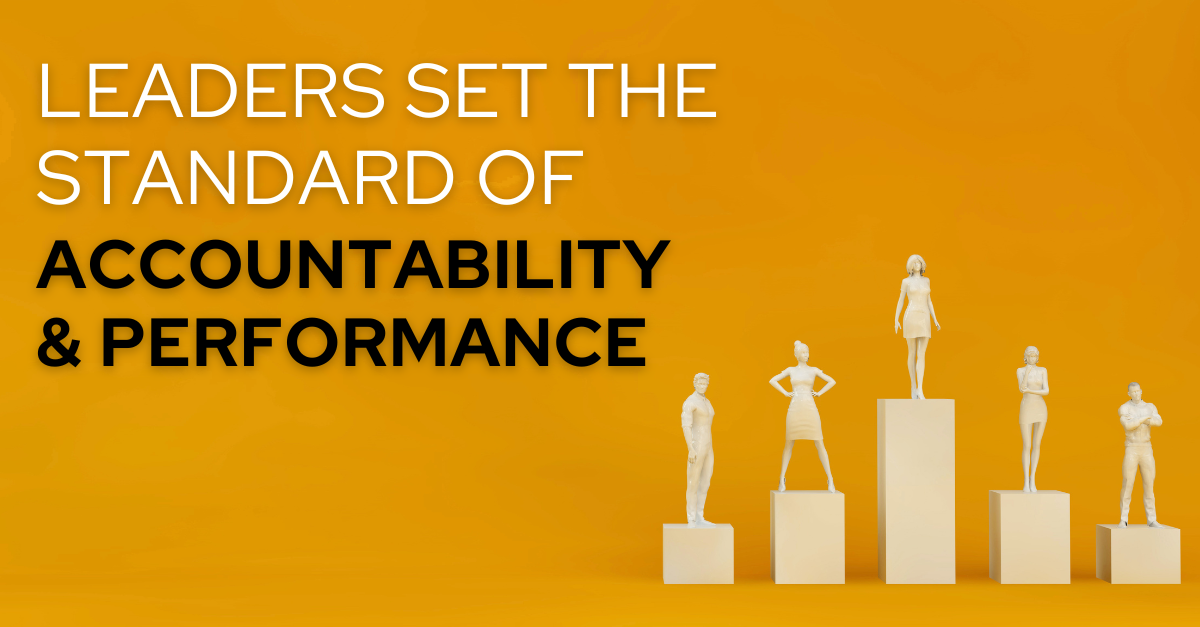Believe it or not, your brain often unknowingly walks past many of the real causes of your problems when it is searching for solutions. It’s true; we’re all wired to “jump to conclusions.”
We have a glitch in our mental wiring called the fundamental attribution error. Researchers have discovered that when we see a problem, we tend to ignore situational factors that contribute to it and instead focus on the person closest to the problem and blame them.
For example, when I see you slip on a floor, I conclude that you must be clumsy. Never mind that the floor was wet. You should have been more careful.
This is why when we hear about major disasters, the first response from reporters and people in authority is usually to “find the person responsible.” We tend to look for people to blame instead of looking for situational or systemic factors that contributed to the problem.
When two Boeing 737 Max 8’s crashed less than five months apart, the immediate and overwhelming response from media, politicians, and the business community was to blame the crashes on the presumably lower standard of training that the pilots of the doomed Indonesian and Ethiopian-based airlines received. Never mind that:
- A captain of one of the ill-fated flights received his training in California.
- Boeing intentionally omitted a backup for the type of sensor that failed on both planes because it would require additional pilot training and delay production.
- To solve a design dilemma, Boeing installed a computer program no one knew about that could take control of the plane. The sensor failures erroneously triggered this program, which crashed both planes.
Our brains are wired to blame people for problems instead of considering situational or systemic factors. To solve our most important problems, we must adopt a new model of thinking that prevents us from jumping to inaccurate or incomplete conclusions.
The Systems Approach
There are basically two ways of explaining human-related problems: the person approach and the systems approach.
The person approach assumes that people-related problems happen because people are careless, lazy, and/or incompetent. This is our default approach. Consequently, our natural response is to blame, shame, and punish people and then forcibly provide more training.
The problem is, these methods can’t cure human fallibility. Even the most competent people get tired, distracted, and forget things they shouldn’t because of our physical and cognitive limitations.
The alternative to the person approach is the systems approach. The premise of the systems approach is that people are more likely to make mistakes when their environment doesn’t support the right behaviors.
The systems approach acknowledges that human beings make mistakes and will always make mistakes. That is a given. With this in mind, who is truly responsible when someone makes a mistake, the person who made the mistake or the person who designed a process that assumed people wouldn’t make mistakes?
Changing other people is hard. Changing the process, the environment, the system, or your own behavior is far easier because you have much more control over them. This is what it means to engineer the solution.
Engineers solve problems by fixing things; they do not try to fix people. Engineers design processes and products to account for human fallibility. They don’t assume people will follow the instructions 100 percent of the time, so smart engineers build fail-safes into their products to make it difficult for people to get the wrong results and make it easier for people to get the right results.
Person-centered solutions are like an auto manufacturer trying to get people to wear seatbelts by putting a sticker on the car dashboard that reads “Put on your seatbelt.” Sooner or later, people will stop noticing the sticker and forget to put on their seatbelt. The results would be deadly. A systems solution is to program cars to produce an annoying beeping sound if the driver’s seatbelt is unbuckled when the car is moving.
Four Strategies to Engineer the Solution
Engineered solutions address the root cause of problems. Person-centered solutions simply hack at the branches and ignore the inevitability of human fallibility.
Here are four strategies to engineer sustainable solutions to your problems.
- Make reality transparent.
- Clarify the critical steps.
- Automate the right behaviors.
- Design the environment.
Make Reality Transparent
Implement feedback mechanisms to help people adjust their behavior to get better results.
We often don’t get the right results because we don’t know that we’re off course. Here are some examples of making reality transparent.
Outdated Production Report
- Problem: Production data changes every hour, but production reports are produced once a week. Production meetings take twice as long because most of the meeting is spent adjusting and updating the data.
- Person-approach solution: Ask the person creating the report not to do it until right before the meeting. Hope they don’t complete it too early or too late and don’t ever get sick.
- Systems-approach solution: Create a real-time production board with batches represented as cards and production stages represented in columns. Each time someone finishes a batch, they move their batch card to the next production stage so production data is always visible and up to date.
Identifying & Influencing the Source of Employee Performance
- Problem: Low employee engagement and productivity and high turnover.
- Person-approach solution: Blame employees for being lazy and having unrealistic expectations.
- Systems-approach solution: Assess the quality of each manager by asking employees to complete an anonymous evaluation of their manager. Provide managers with the feedback. Assess managers again six months later. Compare the improvement in managers’ scores with the change in employee engagement, productivity, and turnover data.
Clarify the Critical Steps
Create simple, clear standard operating procedures for anything you want done flawlessly.
We often make mistakes because we can’t remember every step in a given process. Here are some examples of clarifying the critical steps.
New Employee Keeps Making Mistakes
- Problem: When the senior technician is off sick or on vacation, the new employee keeps making mistakes that delay production.
- Person-approach solution: Tell the new employee “You should know how to do this by now.” Consider firing the new employee.
- Systems-approach solution: Create a simple standard operating procedure for each critical process that includes essential steps and pictures/screenshots.
Poor Social Media Judgment
- Problem: A marketing coordinator published an untasteful post on the corporate social media account.
- Person-approach solution: Tell them to use better judgment next time.
- Systems-approach solution: Create social media guidelines and a policy that at least two people must confirm the post meets these guidelines before it’s published.
Automate the Right Behaviors
Establish triggers that remind people of the right thing to do.
Our cognitive ability is limited, and our world throws too much information at us to retain and act on. How can we remember to do everything we should?
Here are some examples of how to automate the right behaviors.
Late to Pick up Your Child
- Problem: Getting distracted and forgetting to leave work on time to pick up your child from soccer practice.
- Person-approach solution: Endure shaming from spouse.
- Systems-approach solution: Put a reminder in your calendar or phone for every meeting you need to attend and for every personal commitment you make.
Poor Career Development and Succession Planning
- Problem: Poor career development and succession planning leads to hardly any promotions, disengagement, and turnover of succession candidates.
- Person-approach solution: Commit to discuss the career development of succession candidates with the executive team when we are all less busy.
- Systems-approach solution: Create a recurring quarterly meeting that all executives are expected to attend to discuss how to facilitate the career development of succession candidates.
Design the Environment
Design workflows that make it easy to do the right thing and hard to do the wrong thing.
Grocery stores place coolers in the back of the store that contain the most perishable and most frequently purchased items, such as milk and eggs, to increase the chances that customers will purchase other items on their way to the coolers. Pretty smart, huh?
Have you wondered if the design of your home and work processes are working for or against you? Here are some examples of how to design your environment to maximize success and productivity.
Accidentally Deleting a Template
- Problem: An employee accidentally deleted a template for which there was no backup.
- Person-approach solution: Tell the employee not to be so careless. Train them on the difference between templates and work in progress.
- Systems-approach solution: Create a folder named “Templates” in which to store templates and another folder named “Work in Progress” in which to store work in progress, so templates cannot be confused for working documents.
Increase Online Sales
- Problem: Data shows that only 10% of visitors to the company’s revenue pages make a purchase.
- Person-approach solution: More advertising to increase the number of visitors.
- Systems-approach Solution: Streamline the checkout process, and switch to a one click checkout process for return customers.
Fight Your Bias; Make Your Life Easier
Modern life is challenging, but it can be much easier.
First, resist your natural inclination to blame problems on the people closest to the mess. Then put your systems thinking hat on, and use one or more of the above strategies to engineer solutions to your problems.
If you do this, three things will happen:
- You will get better results.
- The people you lead will get better results.
- Your relationships will improve.
Skill-testing question: which strategy was used to create the beeping seat belt reminder?
This article is a brief summary of “Engineer the Solution” in the book How Leaders Can Inspire Accountability.





